Jon Yngve Hardeberg
"The cracks that wanted to be a graph": application of image processing and Graph Neural Networks to the description of craquelure patterns
May 13, 2019
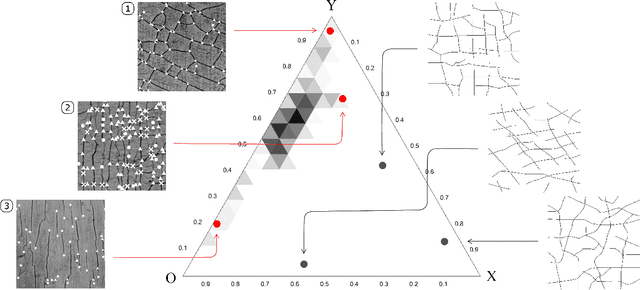
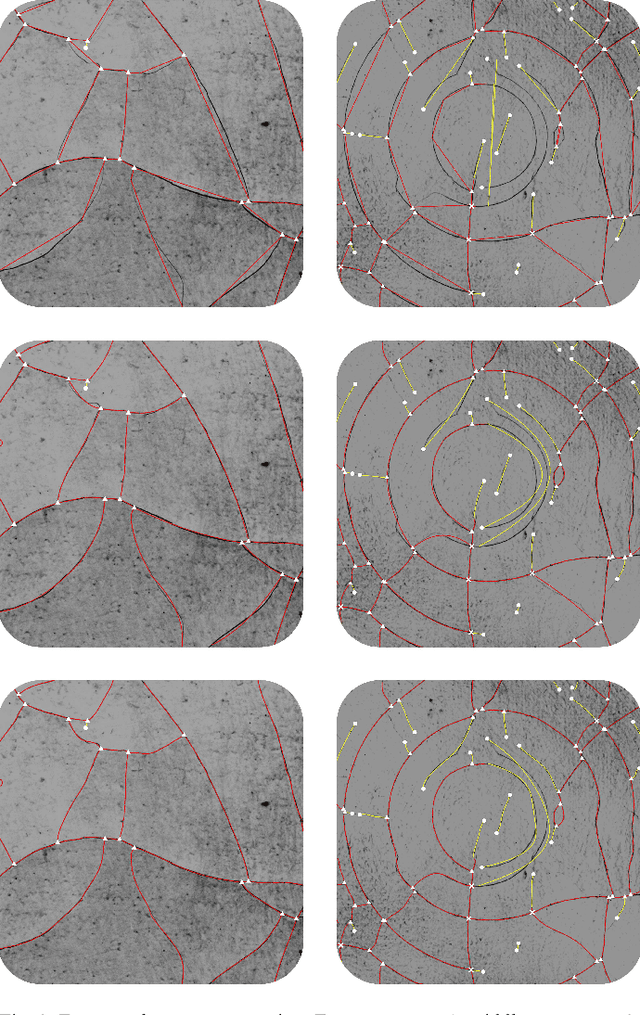
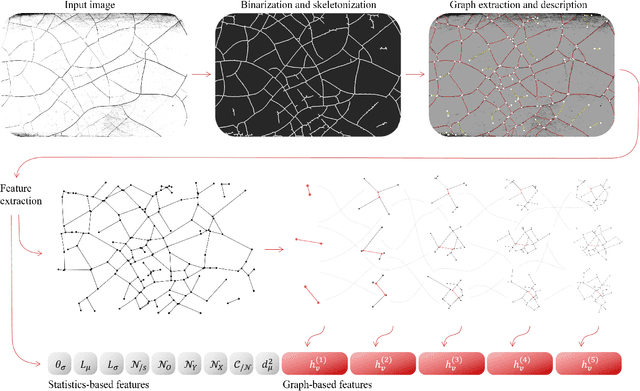
Abstract:Cracks on a painting is not a defect but an inimitable signature of an artwork which can be used for origin examination, aging monitoring, damage identification, and even forgery detection. This work presents the development of a new methodology and corresponding toolbox for the extraction and characterization of information from an image of a craquelure pattern. The proposed approach processes craquelure network as a graph. The graph representation captures the network structure via mutual organization of junctions and fractures. Furthermore, it is invariant to any geometrical distortions. At the same time, our tool extracts the properties of each node and edge individually, which allows to characterize the pattern statistically. We illustrate benefits from the graph representation and statistical features individually using novel Graph Neural Network and hand-crafted descriptors correspondingly. However, we also show that the best performance is achieved when both techniques are merged into one framework. We perform experiments on the dataset for paintings' origin classification and demonstrate that our approach outperforms existing techniques by a large margin.
Deep Hyperspectral Prior: Denoising, Inpainting, Super-Resolution
Feb 01, 2019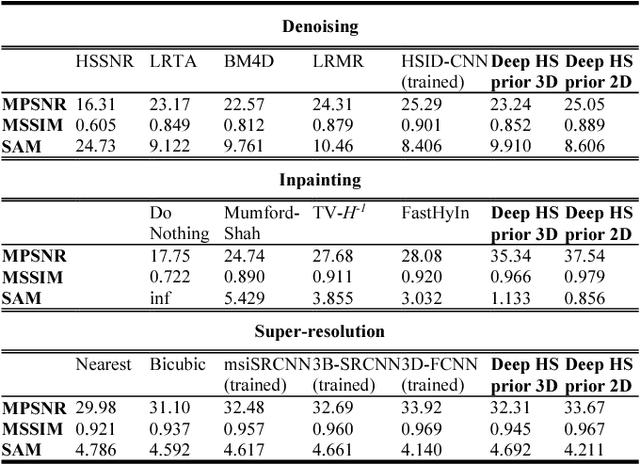
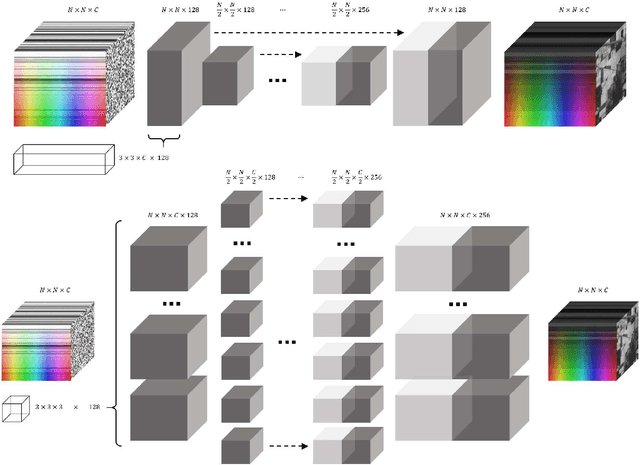
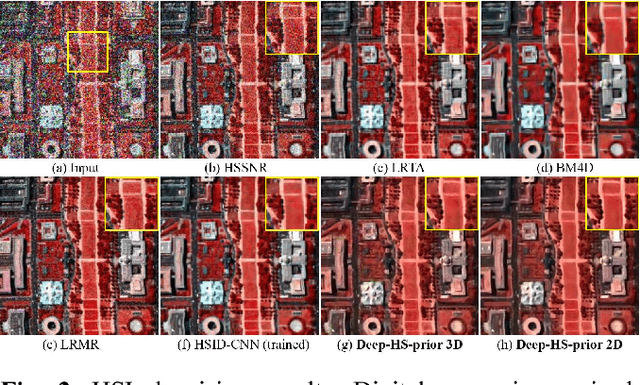

Abstract:Deep learning algorithms have demonstrated state-of-the-art performance in various tasks of image restoration. This was made possible through the ability of CNNs to learn from large exemplar sets. However, the latter becomes an issue for hyperspectral image processing where datasets commonly consist of just a few images. In this work, we propose a new approach to denoising, inpainting, and super-resolution of hyperspectral image data using intrinsic properties of a CNN without any training. The performance of the given algorithm is shown to be comparable to the performance of trained networks, while its application is not restricted by the availability of training data. This work is an extension of original "deep prior" algorithm to HSI domain and 3D-convolutional networks.
A bag-to-class divergence approach to multiple-instance learning
Oct 12, 2018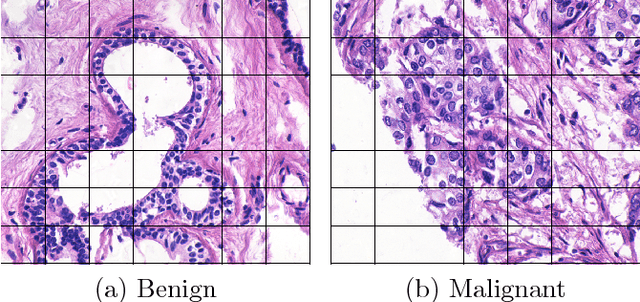
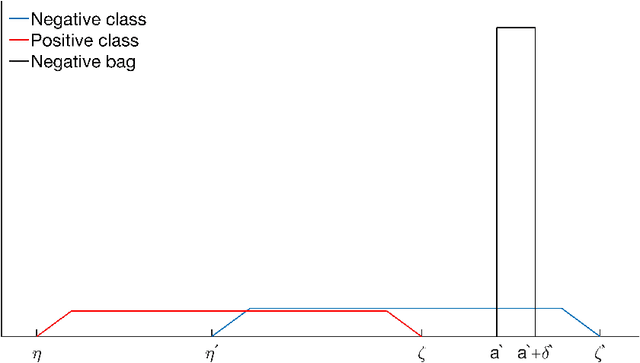
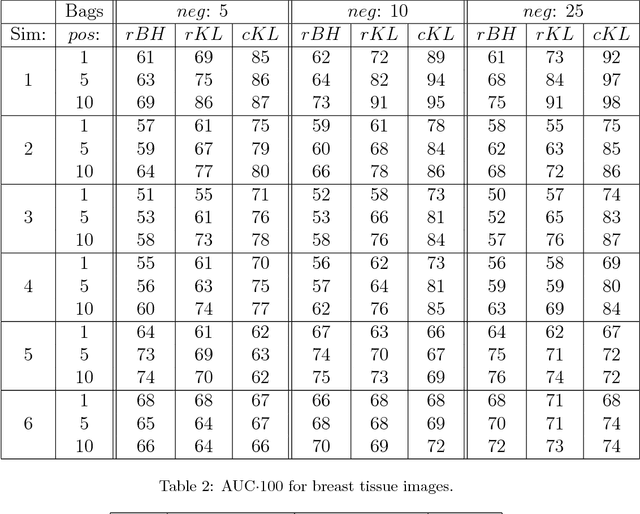
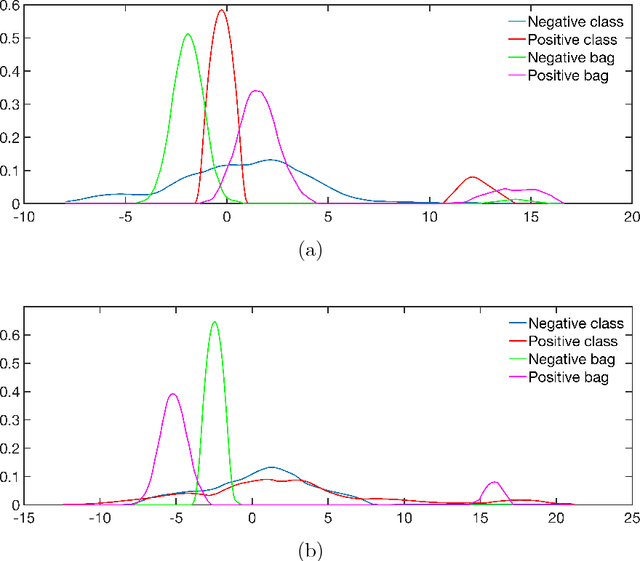
Abstract:In multi-instance (MI) learning, each object (bag) consists of multiple feature vectors (instances), and is most commonly regarded as a set of points in a multidimensional space. A different viewpoint is that the instances are realisations of random vectors with corresponding probability distribution, and that a bag is the distribution, not the realisations. In MI classification, each bag in the training set has a class label, but the instances are unlabelled. By introducing the probability distribution space to bag-level classification problems, dissimilarities between probability distributions (divergences) can be applied. The bag-to-bag Kullback-Leibler information is asymptotically the best classifier, but the typical sparseness of MI training sets is an obstacle. We introduce bag-to-class divergence to MI learning, emphasising the hierarchical nature of the random vectors that makes bags from the same class different. We propose two properties for bag-to-class divergences, and an additional property for sparse training sets.
Ensemble of Convolutional Neural Networks for Dermoscopic Images Classification
Aug 15, 2018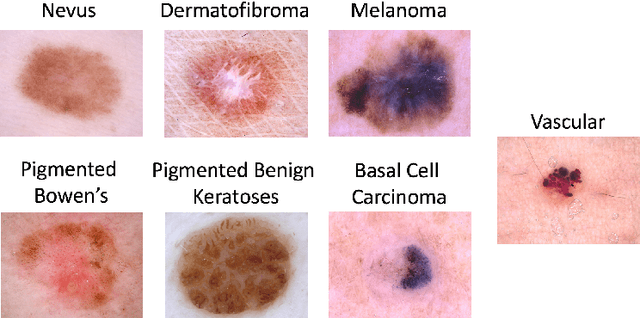


Abstract:In this report, we are presenting our automated prediction system for disease classification within dermoscopic images. The proposed solution is based on deep learning, where we employed transfer learning strategy on VGG16 and GoogLeNet architectures. The key feature of our solution is preprocessing based primarily on image augmentation and colour normalization. The solution was evaluated on Task 3: Lesion Diagnosis of the ISIC 2018: Skin Lesion Analysis Towards Melanoma Detection.
 Add to Chrome
Add to Chrome Add to Firefox
Add to Firefox Add to Edge
Add to Edge